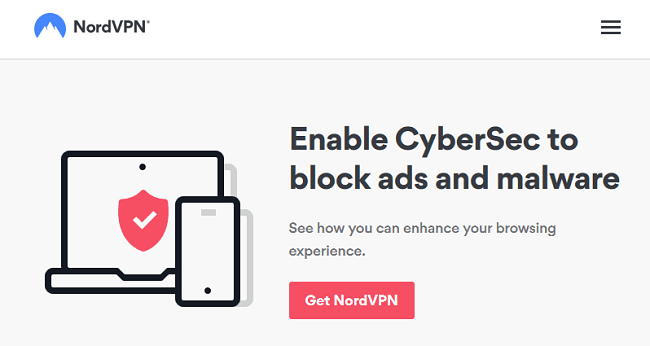How to Recognize and Avoid Spam & Phishing Attacks
Advancements in technology haven’t left crime behind, but taken it along for the ride, and cybercrime is evolving by the day.

Phishing and spamming are some of the most common crimes committed online, and with the average attack costing a mid-size company $1.6 million, it’s important to know how to recognize them and avoid being targeted.
Spam vs. Phishing
Spam can be defined as an unsolicited commercial email, as the electronic equivalent of junk mail. Spam is sent to many people with the intention of persuading a percentage to respond or carry out a specific task.
These emails are not necessarily a crime, but they can be used in conjunction with phishing, etc. Most email service providers have systems in place to detect spam, but they’re not particularly useful, and many spam emails still pass undetected.
Phishing uses emails to obtain sensitive information like usernames, passwords, credit card details, etc. from individuals. What makes phishing successful is the way perpetrators imitate recognizable companies like Google or PayPal, with legitimate looking correspondence.
Spear Phishing
Spear Phishing targets a specific organization, group, employee, or user. Attacks mostly occur in stages as they involve the perpetrator obtaining details about an individual first.
An example of a spear phishing attack is where an employee is targeted by an email that appears to be from a position of authority within the same organization. The email will be designed to deceive the recipient into submitting sensitive information, like customer details, which can then be used in a number of ways, and for malicious purposes.
Spear phishing is the most successful means of illegally acquiring information, and it accounts for 91% of attacks.
Why you should Beware of Spam & Phishing Attacks
Phishing is profitable, and continues to develop with increasingly sophisticated techniques. According to Wombat Security State of the Phish, 76% of businesses reported being a victim of a phishing attack in twelve months.
Phishing malware can penetrate an organization’s network and steal information that can be used for blackmail or extortion.
How to Recognize Spam & Phishing attacks
There are various ways you can identify a phishing attack.
Look at the address, not the name
Upon receiving an email from a specific organization it will contain the company name, but always check the sender address to ensure it coincides.
Strange attachments or Links
Most spam and phishing emails have attachments or links which can contain malware intended to damage your computer or can collect your data. Never download suspicious attachments and always double check links before you use them.
Sense of Urgency
Phishing emails tend to posses call to action and urgency, like telling you your credentials have been compromised. Always approach these emails cautiously.
Analyze the Salutation
If an email doesn’t mention your name specifically, it might have been sent to various accounts randomly—clearly indicating potential phishing or malicious intent.
How to avoid Spam & Phishing Attacks
#1: Know how to identify them
Once you know how to recognize a phishing attack, you will learn to become less susceptible and more vigilant.
#2: Use an anti-phishing Software
There is software you can use to prevent malware attacks; however, for complete security, we recommend using a VPN.
VPNs were developed as tools that can be used to make the internet a safer environment by encrypting your traffic and securely tunneling it through a proxy server of your choice. As a result, your IP address is spoofed to provide privacy and anonymity.
Some of the best VPNs for Cybersecurity combine this with tools for blocking ads, cookie tracking, malware, spam, and phishing attacks, like NordVPN’s advanced CyberSec feature.

#3: Use 2-factor authentication
Most social media accounts provide 2-factor authentication to protect users from breaches and requires you to submit your telephone details. Whenever someone tries to log into your account using an unauthorized device, an authorization code is sent to you.
If you receive a code without initiating it, quickly change your password on all accounts associated with that email, as there may have been an attempt to access your account.





Leave a Comment
Cancel